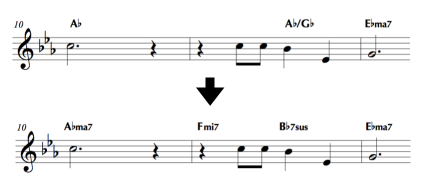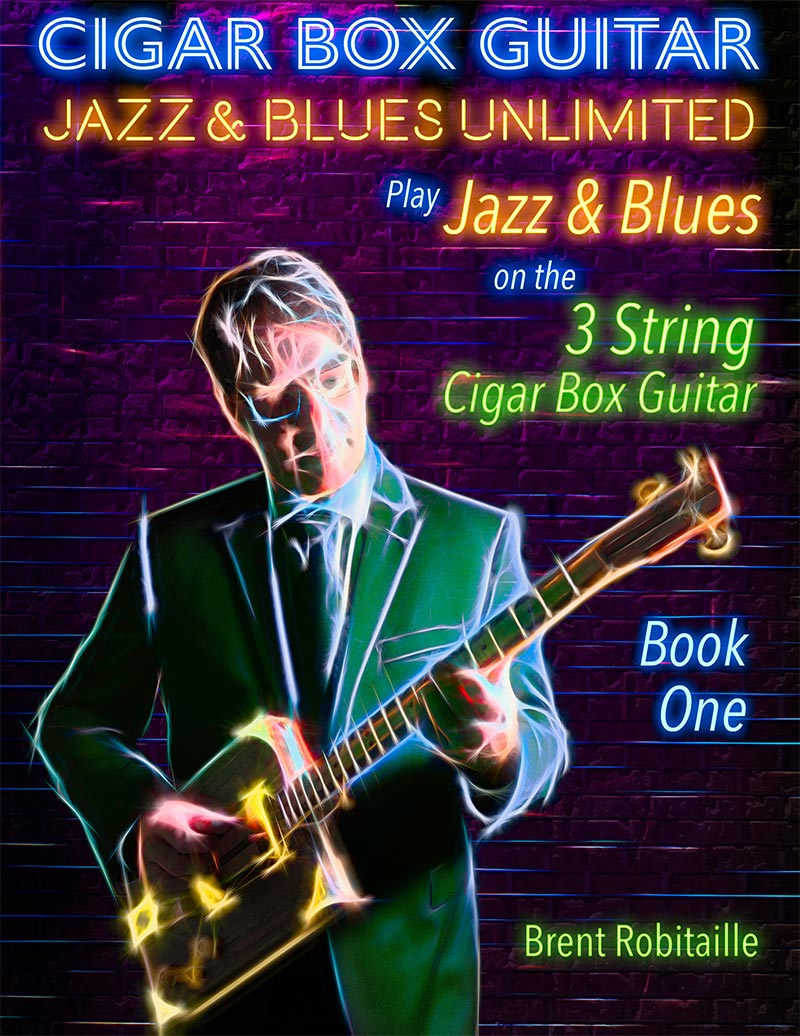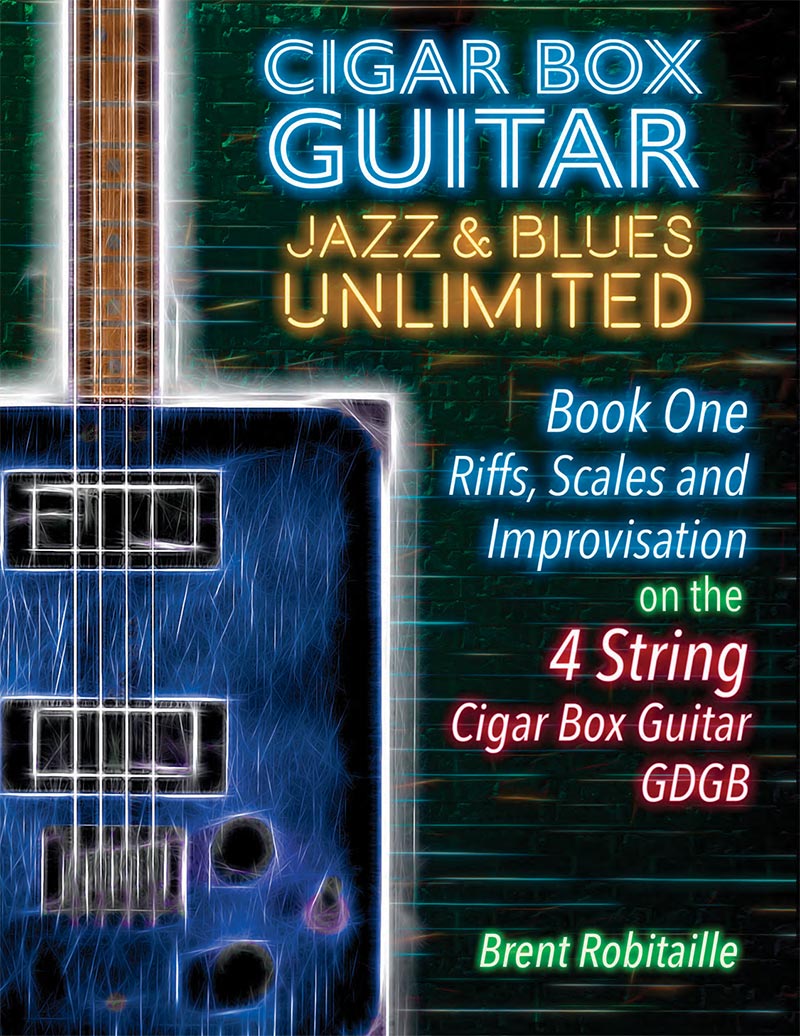
Toronto-based trumpeter and composer Brad Eaton draws inspiration from all corners of today’s diverse musical landscape. As the son of two professional trumpet players, Brad was deeply immersed in music and the arts. Brad is a graduate of the University of Toronto jazz performance program.
Jazz musicians have been covering pop songs for decades. Borrowing well-known pieces from other genres can be a great way to connect with a wider audience, and with the right arrangement, any pop song can fit perfectly into a typical set of jazz standards. This trend of covering pop music in a traditional jazz style has been recently becoming more popular, and now even more bands than before have begun to emerge with the sole purpose of playing jazzified takes of whatever’s currently on the radio.
Over the past few years, I have led one such group myself, and have written a ton of these types of arrangments. Writing genre-bending covers is a lot of fun, and after working on over 100 I’ve come up with a few useful strategies that help me make pop hits sound like jazz standards efficiently and effectively. Here are my top three:
1) Change the Groove
The first thing I do in any pop to jazz conversion is to decide what the groove of the new arrangement will be. Throwing a swing feel on any given piece of music is often the default way of making it sound like jazz, but there are also many different feels that fall under the “jazz umbrella.” Many of these options can really influence how your arrangement comes across. Some of my go-to’s include:
- Jazz Ballads
- Latin Jazz / Straight 8ths
- Ragtime / Dixieland
- Jazz Waltz (Swing in 3/4 Time)
- and of course, Straight Ahead Swing
Jazz ballads, for example, can bring a new layer of depth and emotion to an already poignant piece of source material. They can also be used to great comedic effect in situations where an over-the-top cheesy or ridiculous pop track is brought into a more serious, sentimental context. Latin jazz grooves can help break up a swing-heavy set, and straight-eights can allow some pop melodies to flow more naturally than they would with the triplet feel of a swing groove.
Converting a song in 4/4 time to a jazz waltz in 3/4 can also really make things interesting and help the new arrangement stand out more from the original, while a ragtime or dixieland feel can inject a ton of excitement and fun into your new take. In addition to providing wildly different atmospheres, trying out some of these different grooves can help you find a rhythmic base that helps the original melody keep its natural flow.
Here is a couple of short clips of The Police’s Every Breath You Take to show the difference a swing feel can make.
2) Change the Harmony
Next up, I’ll usually start working on some way to change up the chord progression in order to keep the harmony of the new arrangement consistent with its new style. How far I need to take this step can vary drastically from arrangement to arrangement, mostly depending on how similar the harmony of the original piece is to what might be typical harmony in the style of the new arrangement.
Many pop songs are rather simple harmonically, and since jazz is known for its harmonic depth this is usually the most involved step in my process. However, there are some cases where the original pop song already uses harmonic concepts similar to those found in typical standard jazz (The Beatles’ Yesterday is a good example of this), or where the sub-style of the new jazz version maintains the use of more simple, triad-based harmony that is also often found in pop music (this can often be the case for ragtime or dixieland arrangements, for example). Because of all this, the change in harmony (also called reharmonization) can go from fairly subtle to a complete overhaul, and generally, I find my self with many many options to choose from.
Reharmonization is a huge topic that could use it’s own series of blogs to even scratch the surface, but here are a few examples of ideas from my Every Breath You Take arrangement.
Keep triadic harmony but add a simple I-IV-I progression, typical to gospel music among many other styles.

Still getting to the Cmi eventually but making it the resolution in a V-i progression.

Adding extensions (color notes) to the chords as well as using a ii-V-I progression to get back to the same place as the original. The ii-V-I progression is one of the most common chord progressions found in traditional jazz.

3) Change the Form
This one is a little more optional than the others, but I find it makes things much more practical when playing these arrangments on a gig in a real-life setting. To over-generalize a little, if you attend a run-of-the-mill jazz show these days, chances are the majority of songs you hear will be in head-solo-head (melody-solo-melody) form, with maybe an intro and outro tagged on. However, if you take a look at the average pop song, the form is usually not so simple. There can be a pre-chorus or not, 2 or 3 or 5 different verses all with slightly different variations, or sometimes the second half of a song will drop half its sections entirely when it comes back to repeat for the second time.
I am generalizing here, but pop songs tend to have much more irregular forms. It really helps to simplify this for a jazz context, making it not only easier for the musicians in the band to follow your sheet music, but also helping the arrangement fit more nicely among other more traditional jazz selections. I also find that there are usually one or two sections of a pop song that people recognize, but is anyone really going to miss that third interlude three and a half minutes in? In my experience, probably not.
A Final Look
Here is a look at the end result for my pared-down arrangement of Every Breath You Take. I’ve changed the feel to swing, replaced the original harmony with something more traditional jazz, and streamlined the form by removing the bridge. I’ve also added a little rhythmic interest in the piano part, and the instrumentation is different, but that is dictated more by the practicality of what instruments are in your band. While these ideas are just a starting point, I hope they provide an interesting look into how I approach turning a pop song into something that sounds like traditional jazz.
Leave your comments and suggestions for more arranging and composition tips below.
Cigar Box Guitar Jazz & Blues Unlimited – Book One – 3-String
Learn how to play jazz and blues on your 3 string cigar box guitar (GDG). A comprehensive two-book series. Book one includes tablature, notation and chords, over 100 jazz and blues riffs, jazz and blues tunes, scales and arpeggios, theory and improvisation and much more. Audio tracks below.
Cigar Box Guitar Jazz & Blues Unlimited – Book One 4-String
Learn how to play jazz and blues on your 4-string cigar box guitar (GDGB). A comprehensive two-book series. Book one includes tablature, notation and chords, over 100 jazz and blues riffs, jazz and blues tunes, scales and arpeggios, theory and improvisation and much more.
Book One: Riffs, Scales and Improvisation – 4 String Tuning GDGB



Recent Comments